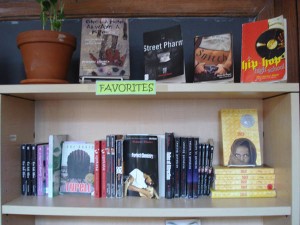“We read to know that we are not alone.” —William Nicholson
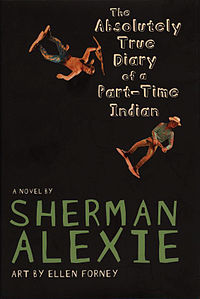
The most recent kerfuffle surrounding Sherman Alexie’s award-winning The Absolutely True Diary of a Part-Time Indian got me thinking about how I have approached teaching this young adult novel to my middle and high school students. Recently, a middle-school principal in New York City removed the book from the school’s required summer reading list after parents protested that it was inappropriate. One parent went as far as to say, “It was like Fifty Shades of Grey for kids.” My snort of disbelief after reading this was followed by the realization—and here I must offer my most sincere apologies to Mr. Alexie—that I myself have been guilty of censoring parts of the book in my classroom.
The Absolutely True Diary of a Part-Time Indian was published to great acclaim in 2007, winning the prestigious National Book Award for Young Adult fiction that same year. It has garnered numerous other awards and in 2008 the Young Adult Library Services Association (YALSA) listed it in its “Top Ten Best Books for Young Adults.” But the book has also created controversy. It has been banned in several states and removed from the shelves of middle and high schools—deemed pornographic, racist, and anti-Christian. Since 2010 it has remained on the American Library Association’s list of banned and challenged books in the United States along with the likes of J. D. Salinger’s Catcher in the Rye and Toni Morrison’s Song of Solomon.

The book is about Arnold Spirit Jr., also known as Junior, who lives on the Spokane Indian Reservation in Washington state. He decides to attend an all-white farm town high school, twenty-two miles from the “rez,” in order to get a better education. As Arnold points out, he’s the only Native American in the school besides the school mascot. The book is funny yet heartbreaking and deals with issues young people face today no matter their race, gender, or social/economic status. The part in the story that occasioned the outcry in NYC takes up about half a page of the book and it’s about masturbation. It is part of a chapter titled “Because Geometry Is Not a Country Somewhere Near France” in which the narrator explains his love of geometry and how isosceles triangles make him feel “hormonal.” Arnold then proceeds to assure the reader that he also likes curves, briefly veering off into the topic that alarms parents by admitting that he spends “hours in the bathroom with a magazine that has one thousand pictures of naked movie stars.” What follows is a funny and honest apologia for masturbation.
Yep, that’s right. I admit that I masturbate.
I’m proud of it.
I’m good at it.
I’m ambidextrous.
If there were a Professional Masturbation League, I’d get drafted number one and make millions of dollars.
And maybe you are thinking, “Well, you really shouldn’t be talking about masturbation in public.”
Well, tough. I’m going to talk about it because EVERYBODY does it. And EVERYBODY likes it.
And if God hadn’t wanted us to masturbate, then God wouldn’t have given us thumbs.
So I thank God for my thumbs.
This portrayal of teenage sexuality is frank and truthful. I can understand why it would make some makes parents and other adults uncomfortable, but to equate it with Fifty Shades of Grey is absurd and going a bit too far, especially when it results in yanking the book out of libraries and the hands of readers.
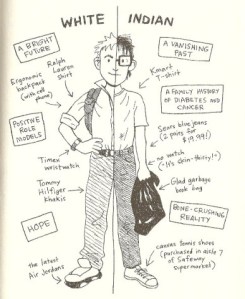
The Absolutely True Diary is about a fourteen-year-old’s experience with the complexities of race both within and outside of his community, and with the grinding effects that poverty, alcoholism, unemployment, domestic violence, gun violence, death, bullying, stereotypes, and lack of educational opportunities have on individuals, families, and the larger community. It is also a book about friendship, love, forgiveness, hope, the strength of family, and finding one’s place in the world. Above all, this book brings to life the stark reality of being a Native American today in the United States; it is not a pretty story.
From the moment Alexie’s book was published it became part of my middle school classroom library. It also became one of the books I read aloud to my classes every year and a student favorite. This is a book that engages students and makes them think. Despite the serious topics explored in the book, the narrator is irreverently funny and appealing to teenagers—he is someone they can relate to. Yet there I was cutting out the controversial passage for my 7th grade students not because I objected to the discussion of masturbation in a young adult book, but because I imagined a possible afterschool scene like the following:
Parent: “Anything interesting happen in school today?”
Child: “Ms. Ortiz read this crazy book to the whole class where the boy masturbates.”
I could then visualize the outraged parent calling the principal, the DOE, and the media to complain about the use of “inappropriate” materials in the classroom, or even worse, accusing me of being inappropriate. It makes me shudder just to think about it.
I no longer cut out the aforementioned passage because I teach high school now. Students at times respond with embarrassed laughs when I read that part, but mostly they are captivated by Arnold’s struggles and adventures. Rather than being banned in schools, The Absolutely True Diary of a Part-Time Indian should be required reading in history classes. Before being exposed to the book, most of my students were unaware that Native Americans live on reservations throughout the United States, and that these reservations have some of the highest rates of alcoholism, poverty, unemployment, suicide, domestic and sexual violence, diabetes and other health related problems in the country.
In a 2011 Wall Street Journal blogpost titled, “Why the Best Kids Books are Written in Blood,” Alexie explains the rationale behind the controversial topics he writes about:
I write books for teenagers because I vividly remember what it felt like to be a teen facing everyday and epic dangers. I don’t write to protect them. It’s far too late for that. I write to give them weapons–in the form of words and ideas-that will help them fight their monsters. I write in blood because I remember what it felt like to bleed.
This is why my students understand Arnold’s struggles and why this book is a favorite—they live his struggles also.




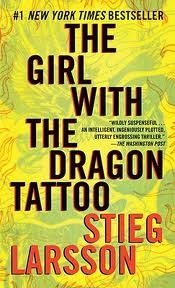
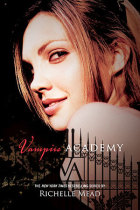
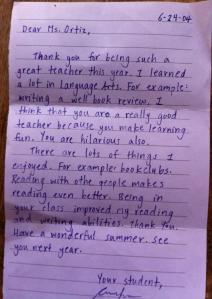
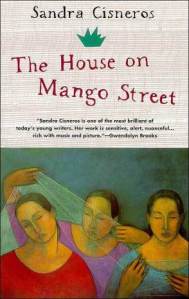 I want to write something like, “She looked out the window her whole life, the way so many women sit their sadness on an elbow” (“My Name”). Wow! I want to write something this vivid and profound. Can you imagine this woman? Is her story familiar? Cisneros is writing about her grandmother, but this is my mother, my grandmother, and my aunts, too. I want to tell their stories and my story along the way. I’m working on it.
I want to write something like, “She looked out the window her whole life, the way so many women sit their sadness on an elbow” (“My Name”). Wow! I want to write something this vivid and profound. Can you imagine this woman? Is her story familiar? Cisneros is writing about her grandmother, but this is my mother, my grandmother, and my aunts, too. I want to tell their stories and my story along the way. I’m working on it.